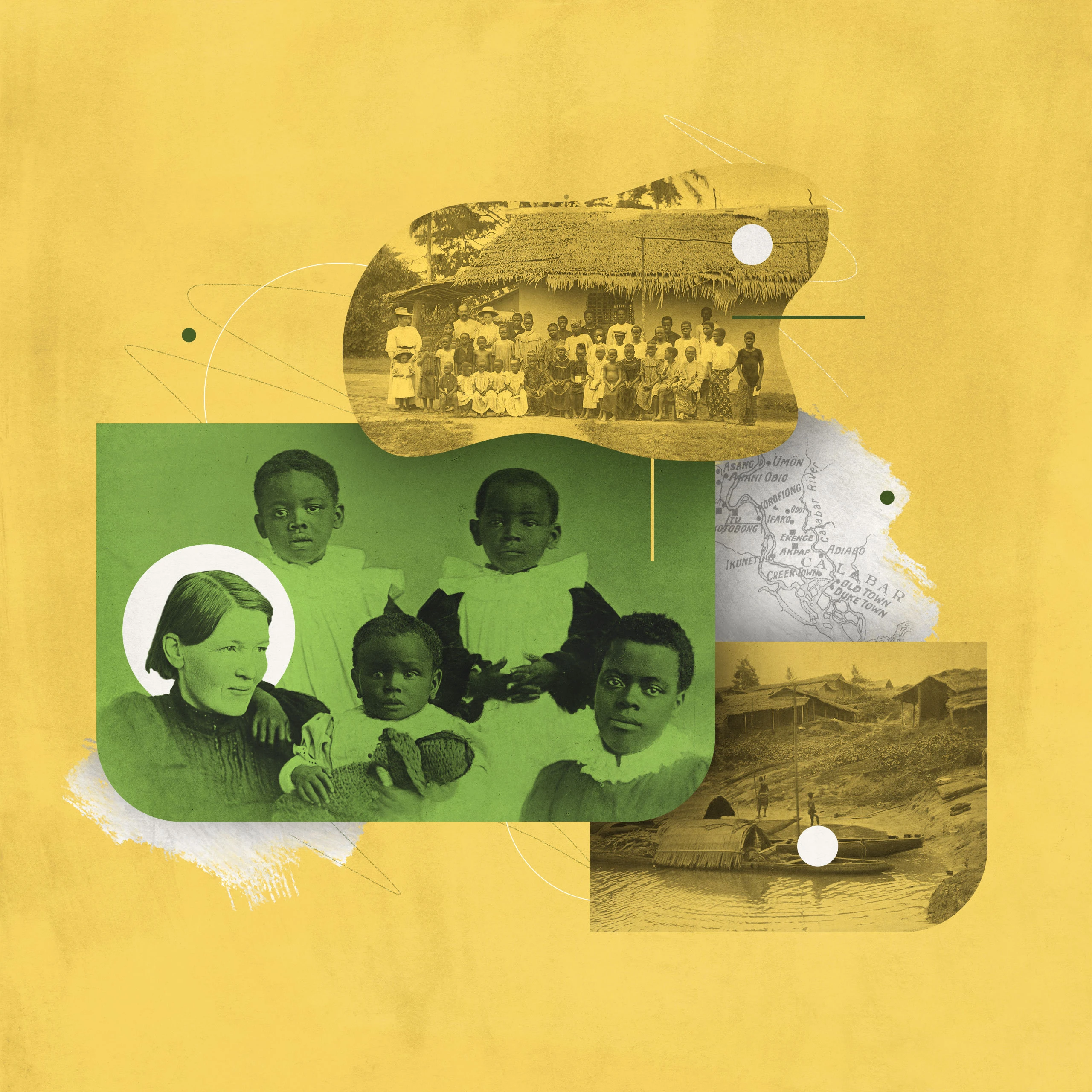Who Was Mary Slessor?

There is something about Mary Slessor that has turned her into a legend. By the time she died, she was as well-known as one of her role models, David Livingstone. Today, her name is still highly regarded both in her native Scotland (her image appeared on a 1997 Clydesdale Bank £10 note) and on her mission field of Nigeria, where she is often remembered as Obongawan Okoyong (Queen of Okoyong). Statues have been erected in her honor and schools and churches named after her.
And yet, as much as her commissioning mission board appreciated her achievements, they were baffled by her insistence to venture into the forests where natural dangers, protective tribes, and an oppressive climate had frightened most European missionaries. To make things worse, she discarded many of the typical Western precautions. In her effort to become one with the natives, she walked barefoot, drank unboiled water, and shunned both the protection of mosquito nets and sun hats. To some foreigners, she looked “mad and dangerous.”1
But, while she fully understood that God’s timetable differs from ours (“Christ never was in a hurry,”2 she famously said), Slessor had little patience with the missionary board’s hesitations. It was the challenge of bringing the gospel to an unreached population that had moved her to approach the mission board in the first place, and she was not about to sit with other missionaries in the relative comfort of a coastal town.
The Making of a Missionary
Despite her small frame and timid personality (she was famously afraid of crossing a road alone or standing in a field if there was a cow), Mary Slessor was used to challenges. Born on December 2, 1848, in Gilcomston, a suburb of Aberdeen, Scotland, she was only ten when her father’s alcoholism and consequent unemployment forced her to work as a weaver in the textile mills of Dundee to support her family. And yet, after her twelve-hour work schedule, she found time to improve her slim education and, later, to serve as a missionary teacher in the local United Presbyterian Church.
In 1873, captivated by the flurry of reports following the death of David Livingstone, she applied to her denomination’s foreign mission board. Three years later, with only minimal training, she was off to Duke Town, Calabar, near the southeastern coast of present-day Nigeria.
Following the board’s advice, she spent time with the local women to learn their language, Efik. But she was surprised that none of them had yet joined the church. “Something more must be done for the women here if we are to raise the men,”3 she said. Throughout her life, teaching the women and improving their oppressed condition remained one of her main commitments.
Once she had mastered the language, she asked the board’s permission to move three miles away from the coast where most foreigners lived. In 1885, when her mother and sister, her last surviving family members, died, she considered her ties with her homeland irrevocably severed: “Heaven is now nearer to me than Britain, and no one will be anxious about me if I go up-country.”4 And up-country she went, eventually settling in the district of Okoyong.
Slessor’s greater emphasis was on the gospel she conveyed to everyone she met, resting on God’s power to transform hearts.
She came close to marriage in 1891, when Charles Watt Morrison, a Scottish missionary teacher in Duke Town who was eighteen years her junior, proposed to her while she was on sick leave. Asking for the board’s approval, Slessor and Morrison specified that he would join her in Okoyong, and not the other way around. She left the matter to the Lord: “If it be for His glory and the advantage of His cause there to let another join in it I will be grateful. If not, I will still try to be grateful, as He knows best.”5 When the mission board refused to allow Morrison to move, the engagement was off.
Slessor’s family became the twins she adopted in order to save them from death, as some African tribes believed that twins were the result of a coupling with evil spirits. Slessor worked hard to prevent the murders of these children and their mothers, until the local chief agreed to declare this custom unlawful.
Influence and Legacy
Slessor exercised an even greater influence on the local laws and customs starting in 1892, when the British government, impressed with her interaction with the locals, appointed her vice-consul of the region, presiding over the native court. She was the first woman to hold such a position. In 1905, she became vice president of the Ikot Obong native court.
To some Western observers, her judgments seemed unconventional. “She was an expert at settling quarrels,” Mina Amess, who lived with Slessor for some time and carried on some of her work, remembered during an interview. “Once she told two warring chiefs, ‘I will prick your hand and his, and you can suck each other’s blood.’ ”6 Her greater emphasis, however, was on the gospel she conveyed to everyone she met, resting on God’s power to transform hearts.
Eventually, after years of hard work and exposure to the elements, a painful and crippling form of rheumatoid arthritis forced her to take long periods of rest. Still, she kept on her post as long as she could. She died of fever and dysentery on January 13, 1915, at sixty-two years of age.
But her energy and vision continued with some of the missionaries she had trained, and her memorials stand as a reminder for the church not to rely on comfortable arrangements. As James Luke wrote in The Record in 1904, “Where the church has failed, a single woman has stepped into the breach.”7 But Slessor would have put it in simpler terms: “After all, it comes back to this: Christ sent me to preach the gospel, and he will look after the results.”8
-
Jeanette Hardage, Mary Slessor - Everybody’s Mother: The Era and Impact of a Victorian Missionary (Eugene, OR: Wipf & Stock Publishers, 2008), 123. ↩
-
W.P. Livingstone, Mary Slessor of Calabar: Pioneer Missionary (London: Hodder and Stoughton, 1915), 27. ↩
-
Hardage, 20 ↩
-
Livingstone, 51. ↩
-
Ibid., 114. ↩
-
Rae Gourlay, “Looking Back: Memories of Mary Slessor,” Life and Work: The Magazine of the Church of Scotland, January 22 2021. https://www.lifeandwork.org/features/looking-back-i-worked-with-mary-slessor. ↩
-
Yvonne Yazbeck Haddad and Ellison Banks Findly, Women, Religion, and Social Change (New York: State University of New York, 1985), 257. ↩
-
Livingstone, 155. ↩


